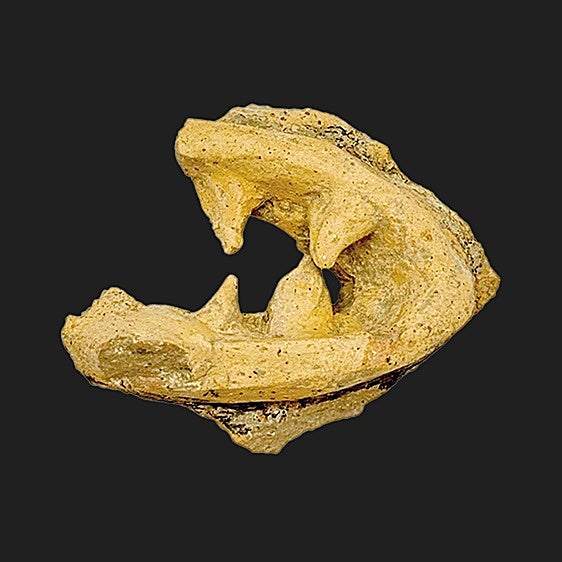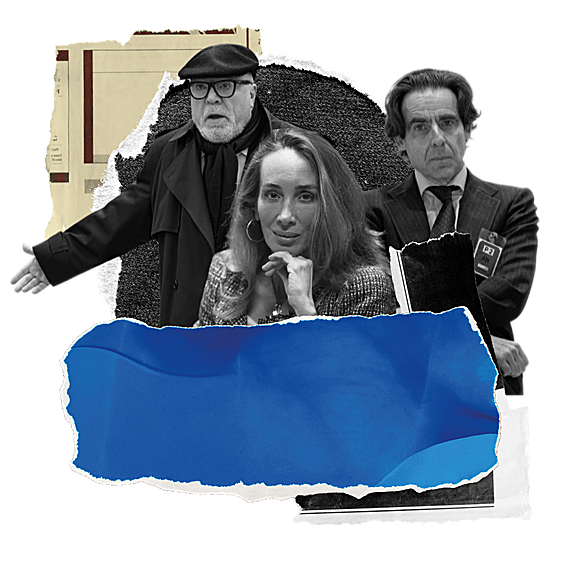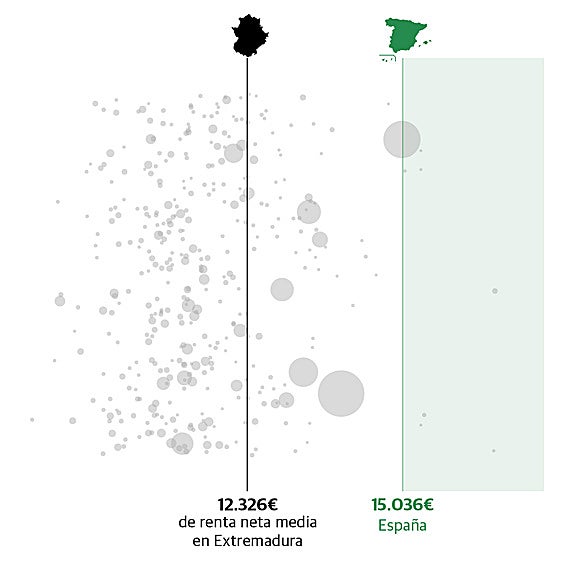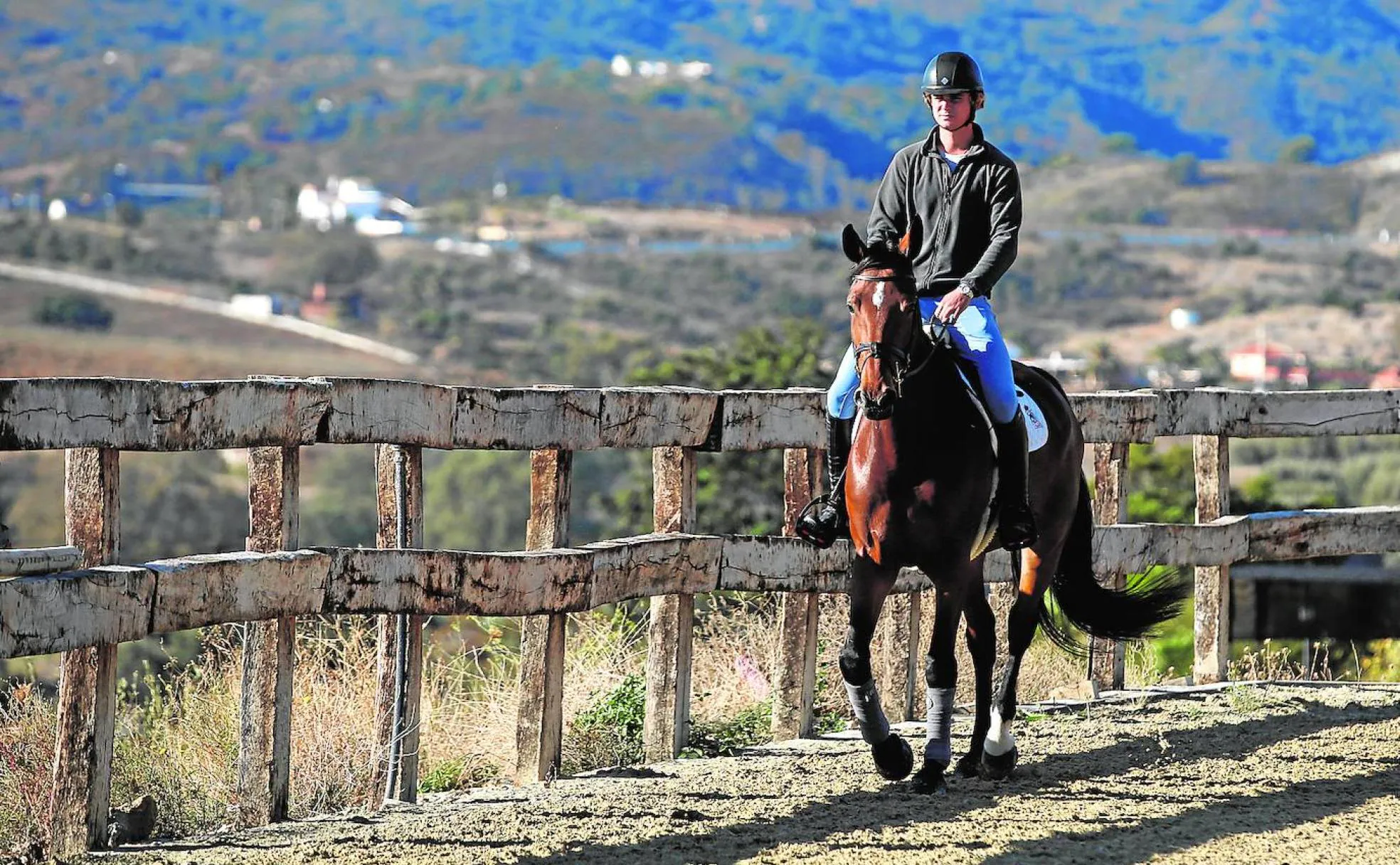Carlos Lange, the present and future of Spanish riding
The 21-year-old from Mijas, national champion in all categories of showjumping, is excited about his business project and moving up to senior level
Pedro Luis Alonso
Friday, 21 January 2022, 10:40
The GPS coordinates helped us to find Carlos Lange’s property in rural Mijas without getting lost. Before we had time to wonder how people used to get here in the days before GPS, a group of dogs arrived to welcome us to the facility, with its 11 horses, two workers and this rising star of Spanish equestrianism. At the age of 21 he has been champion of Spain in every category, but now he is no longer a ‘young rider’ and is preparing to take the more difficult step, showjumping at senior level, where the obstacles are 1.6 metres high and he will have to compete against strong rivals.
Lange doesn’t look like a native of Malaga. He is tall (1.85 metres) and thin, and his features reflect his ancestry: his German grandfather, a judge of carriage-driving competitions, and Dutch grandmother. His mother is from Aragón, but his father, who is also passionate about the world of horses but now works in the property sector, is from the Costa del Sol. And unsurprisingly Carlos, who grew up in Mijas, has been immersed in the equestrian world practically since he was a baby, like his brother Oliver (who has also competed) and sister Sandra, who is not quite such an enthusiast.
Carlos Lange’s present, if not his long-term future, is called Soraya Rouge, a 15-year-old grey French mare who has marked his recent successes and who he has been riding for the past five years. This Malaga-born rider has shone in numerous national and European competitions in his category, but now he feels he needs to find a successor to Soraya.
His hopes are pinned on three of the young horses in his stable, two Germans and a Belgian, who he trains personally so they continue to progress. They are called Diamant, Khadiri and Que paso Z.
He is keen to continue working with these horses as well as his new commercial project with others, and also spends part of his time training other riders, as the veteran Samuel Oliva does for him.
“This isn’t an easy world, because it involves two living beings. The rider only accounts for 30 per cent of it"
“He works very hard and has a lot of talent in the show ring, where he rarely fails. He has shown his potential. He is one of the three best riders of his age in Spain, and now he just needs that bit of extra support. It’s a bit like Formula 1: if you don’t have a good enough car....,” says Oliva.
Lange stresses that riding is not a typical sport. “This isn’t an easy world, because it involves two living beings. The rider only accounts for 30 per cent of it, and the difficult bit is the 30 per cent which is in the air: how the horse felt when it got up that day, its food, its mood... that is what makes this sport rather difficult,” he says, with a maturity that belies his age. He can claim irrefutable evidence for that. Last year in Vilamoura (Portugal), Soraya suffered a colic which ruined her ability to compete, not to mention the attack of rhinopneumonitis that put the brakes on the competition calendar just when the situation due to the Covid pandemic was improving.
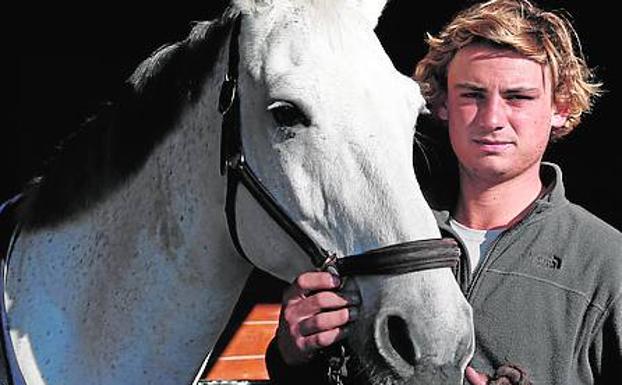
Although he is also working on a business project with horses in his own stable, Lange’s great dream is to become an Olympic champion one day. He has plenty of experience behind him already, but this will not be an easy challenge. For the most recent Olympics in Tokyo, only Eduardo Álvarez Aznar classified for show jumping. At the moment, Lange’s main hope is to join the national team this year; it is trained by Alberto Honrubia, who selects five riders for every international competition.
Lange has received support from the Andalusian Olympic Foundation and last year it gave him a grant of 2,500 euros. “It’s important that my region recognises people as top level and offers them financial support,” he says, aware of the strong competition there is, especially among riders from Andalucía. He says he is grateful for the help, even though his innermost self admits that it is not enough to fund all the challenges he faces.
A journey with Darragh Kenny
For four months last year Lange was in Wellington, USA, with the famous Irish rider Darragh Kenny, who is seventh in the world. “Then I went to the Netherlands, to his stables, for four or five months. I have also spent time at another stables there in the past,” he explains.
He knows a great deal about the world he has chosen as a career, and has very clear ideas: “A show jumping horse has to be strong, good quality and have a good head, but for me the quality is the most important thing. There are a lot of things you can work on with a horse, but it either has quality or it doesn’t,” he says.
The horse needs quality, and the rider (apart from talent) needs to work hard. Although Lange lives on the Costa del Sol, he goes to his stables every day. He starts at 8.30am, goes home for lunch around 1.30pm and then comes back from 4 till 6.30. And also, the financial aspect of this type of career is a challenge. “It is a massive investment, to buy a horse. Then there is the food, the veterinary bills, a good blacksmith, transporting it... what I get from the Federation barely covers ten per cent,” he says.
